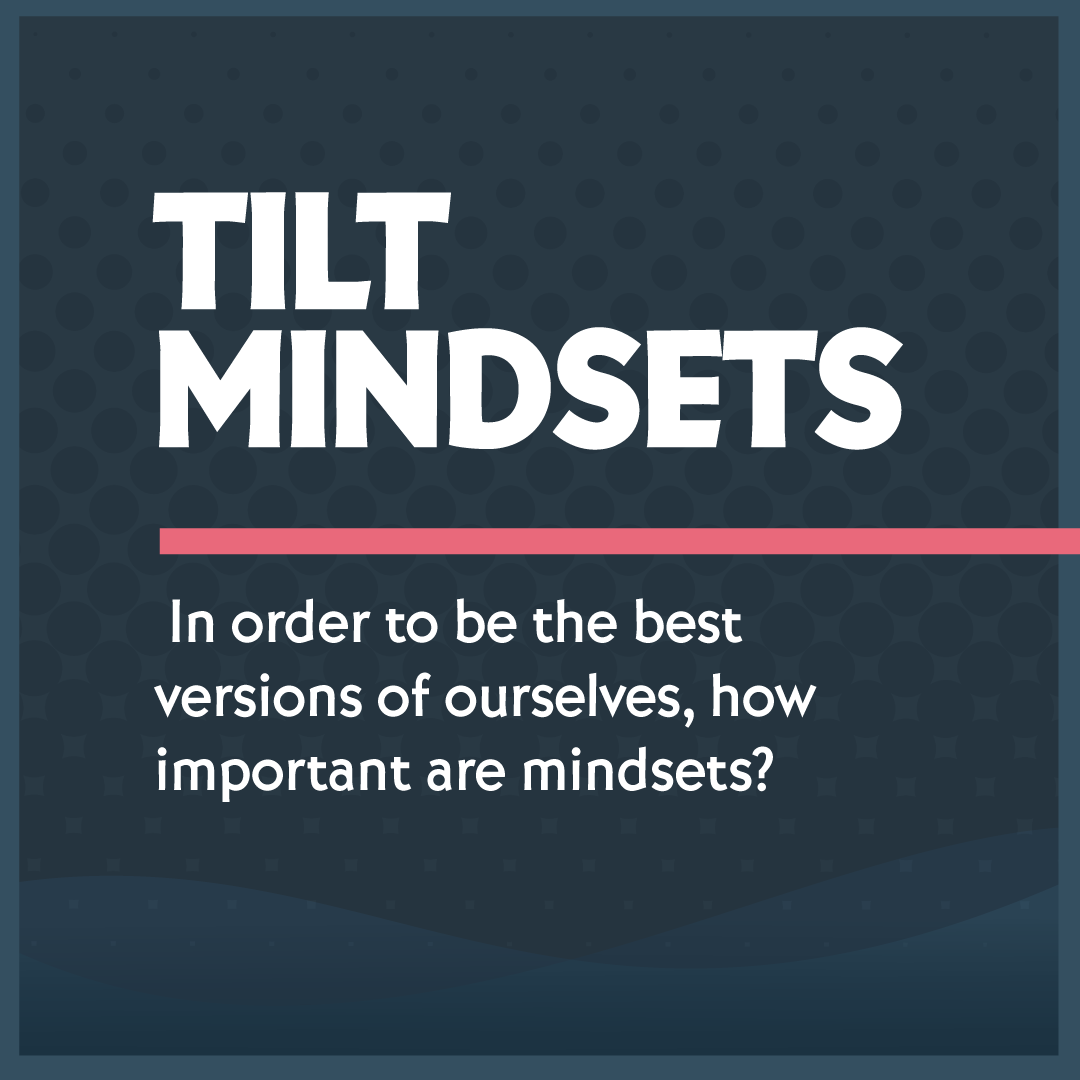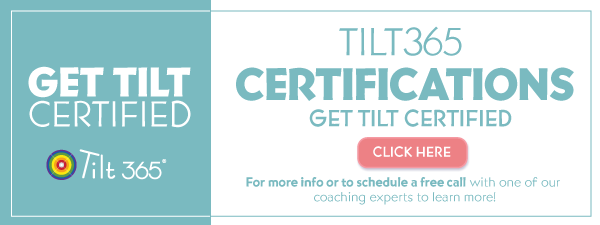
 If you’ve heard the term “mindset” before, it was likely in the context of growth versus fixed mindsets. These simply reflect a person’s belief of the degree to which their attributes, such as personality, anxiety, and intelligence, are stable or changeable. This specific type of mindset has gained popularity, especially in an educational context, because of its demonstrated utility in improving outcomes. The Tilt mindsets are similar to growth and fixed mindsets because both types of mindsets are mental states that influence how people interact with the world, but they aren’t completely interchangeable concepts. The Tilt mindsets incorporate people’s ability to intentionally choose their mindset depending on the situation.
If you’ve heard the term “mindset” before, it was likely in the context of growth versus fixed mindsets. These simply reflect a person’s belief of the degree to which their attributes, such as personality, anxiety, and intelligence, are stable or changeable. This specific type of mindset has gained popularity, especially in an educational context, because of its demonstrated utility in improving outcomes. The Tilt mindsets are similar to growth and fixed mindsets because both types of mindsets are mental states that influence how people interact with the world, but they aren’t completely interchangeable concepts. The Tilt mindsets incorporate people’s ability to intentionally choose their mindset depending on the situation.
For example, the most rigid and closed Tilt mindset, protective, is similar to the fixed mindset in that both lead people to behave in an inflexible, defensive, or closed manner. But, someone can either have a protective mindset because they don’t believe they can change (a rigid mindset) OR because they believe that they can change and have chosen not to in that situation. Because there is an element of choice, unlike a fixed mindset, a protective mindset can be beneficial in certain situations. Contrast these two situations for example: Choosing to be protective for a detrimental reason, like stubbornly refusing to admit fault. Versus, choosing to use a protective mindset because a situation is potentially high-risk in their estimation and they should be closed. For example, someone who works in accounting could be purposefully rigid in cases where being more flexible could end up hurting the organization. Therefore, a rigid mindset could be based on a fixed mindset or the choice to be protective in a specific situation. Regardless of the reason, each of the six mindsets has different implications for people’s behaviors.
Protective
The most rigid and closed mindset is the protective mindset. People who are viewing the world from a protective mindset are closed to input from others. In fact, they may avoid others altogether and focus on their own work or tasks. There are times when this could be beneficial. For example, if your role is an individual contributor, this mindset could be an appropriate one for some of your work. However, even individual contributors need to be able to communicate with the rest of the team and organization at times, so being completely inflexible in your thoughts and processes will inevitably lead to unproductive conflict if someone used in every situation.
Competitive
Similar to the protective mindset, people using a competitive mindset are also somewhat closed to input from others, but it manifests in a different way. Rather than trying to stay isolated, someone using a competitive mindset actively pushes others out of the way. This is a self-advancing way of thinking. While using a competitive mindset, a person is convinced not only that their way is correct, but others need to be on board or not slow them down. Again, there are times when this is an appropriate way to approach a situation. If there are tight deadlines that require immediate action, then waiting for a group consensus could slow down progress and be harmful. However, this is clearly not always appropriate. Disregarding others can lead to negative interpersonal relationships and can keep you from improving when others have good ideas.
Integrative
The integrative mindset is less rigid and moves from being more self-focused to open. This mindset encourages listening to other’s ideas and integrating them. A person using an integrative mindset tends to take on a receptive demeanor to make sure that everyone in a group has a voice, rather than asserting their own opinions. This style can be beneficial in team settings because making sure everyone is heard can help maintain the harmony and cohesion of the group. However, spending too much time consulting a team to gain consensus can be counterproductive when one person does really have the right answer, or if a decision needs to be made quickly.
Adaptive
An adaptive mindset also encourages being open to the input of others. The difference between an adaptive and integrative mindset is that instead of just integrating other people’s ideas and knowledge, those with an adaptive mindset are more willing to share their own ideas too. People in this mindset seek to collaborate with a large network of other people, and they are able to quickly incorporate other people’s opinions to update their own opinion or perspective. This can be helpful for implementing changes because someone using an adaptive mindset can update the processes continuously based on the feedback from others. On the other hand, too much fluctuation in a plan could end up being confusing or hard to execute.
Agile
An agile mindset is unique in that there is a belief and practice of using all of the mindsets and patterns of behavior and shifting as the content calls for it. Instead of leading to a certain tendency (like being open or closed to input from others), people using the agile mindset consciously think about the context of a situation and then actively choose which of the other mindsets is most appropriate and should be used. The agile mindset can be thought of as a 3 part process. First, the person must have a general idea of the mindsets and how they manifest. Second, the person needs to understand the situation and be able to choose the most effective mindset. Third, the person must be able to actively control the way they are thinking about the situation, meaning they have to actually USE the mindset they know is right and then act upon it. This higher awareness is generally beneficial, but because it requires a conscious effort that is difficult to maintain all of the time.
Generative
A generative mindset is similar to an agile mindset because it allows the person to consciously choose which of the four mindsets is most beneficial in each situation. But it goes beyond an agile mindset because it becomes wired into the brain over time, training and expanding the ways one can think and choose to act. In this case, the focus transcends the self-focused ego for what serves a greater purpose or common good. Someone with an agile mindset is more focused on what is appropriate for them and others in that situation, but someone with a generative mindset has a broader focus on what would have the best long-term benefit for society. This mindset requires the individual to have a large contextual view of the world and make decisions that might even have a negative short-term impact yet serve a greater good in the long term.
Why does this matter?
Whether we think about it or not, our mindsets influence how we think, feel, and behave. We all use each of the mindsets, but the important part is when we use each mindset. A protective or competitive mindset in the wrong situation could lead to conflict. But an integrative or adaptive mindset in the wrong situation can slow down progress when wholesale change is needed. In order to be the best versions of ourselves, we should learn to understand and consciously train our brains to develop a variety of mindsets that can be activated at the right moment. An agile or generative mindset puts us in a position of greater positive influence because we are not caught up in unnecessary ego dynamics.





